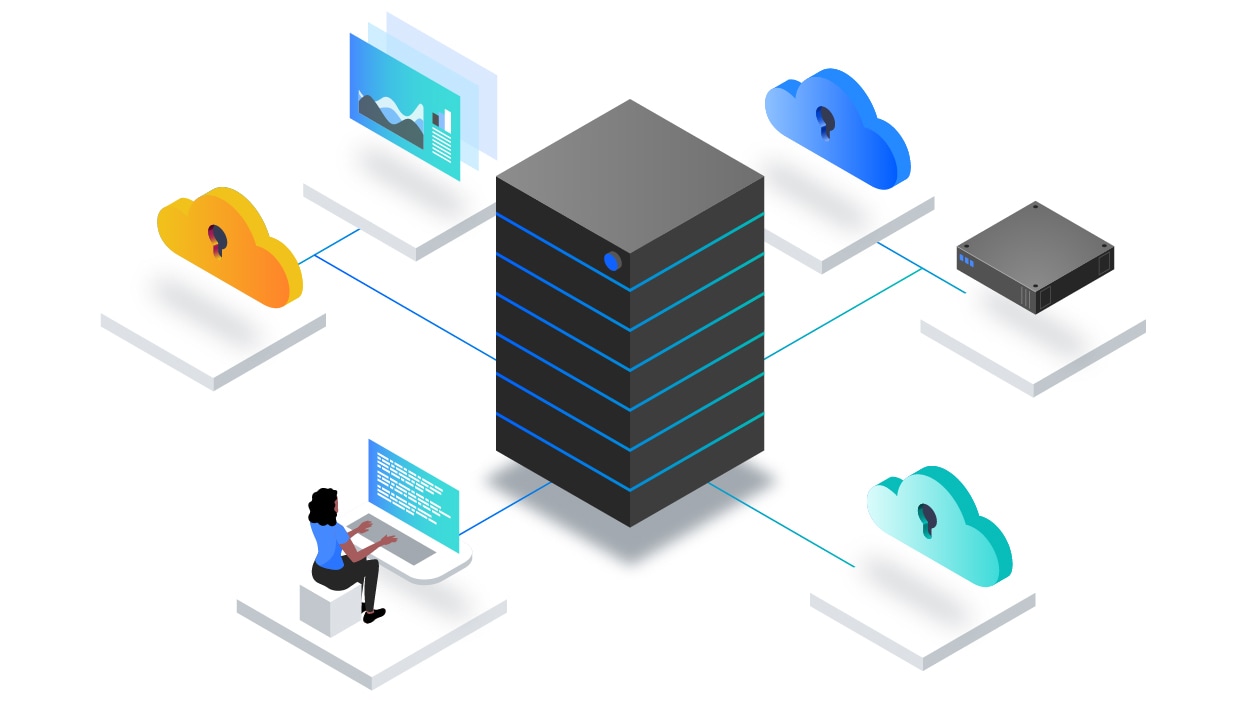Storages types
 Satish Sutar
Satish Sutar2 min read

Choose the best storage type based on your requirements between object storage and block storage.
Object storage:
Object storage is a data storage architecture for storing unstructured data that sections data into units—objects—and stores them in a structurally flat data environment. Each object includes the data, metadata, and a unique identifier that applications can use for easy access and retrieval.
- It is good for storing static content.
- It works very well for unstructured data sets where data is mostly read. It’s more of a "Write Once, Read Many Times" [WORM] storage type.
- It is both cost-effective and highly scalable.
- Resilient storage type: replicate data across multiple devices and geographical locations.
- It provides a searchability feature.
- It is used for back-up and archiving, software distribution, data lakes, and big data environments.
Block storage:
- Data is stored in blocks where files are split into evenly sized blocks. Each block has its own address, but unlike objects, they do not have metadata.
- Block storage is useful for businesses that handle a lot of transactional data or for mission-critical applications that demand constant performance with little latency.
- It is good for dynamic content storage.
- It can be expensive.
- It requires an operating system to access blocks.
- Limited scalability
- The latency increases with the distance between the storage and the application.
1
Subscribe to my newsletter
Read articles from Satish Sutar directly inside your inbox. Subscribe to the newsletter, and don't miss out.
Written by

Satish Sutar
Satish Sutar
Experienced IT Professional with hands-on business experience in managing cloud-based technology and effectively handling configuration & deployment of infrastructure & services.